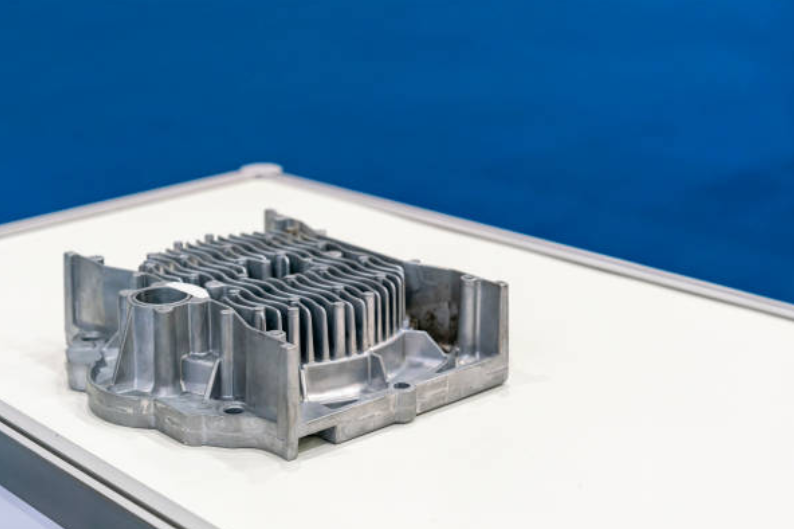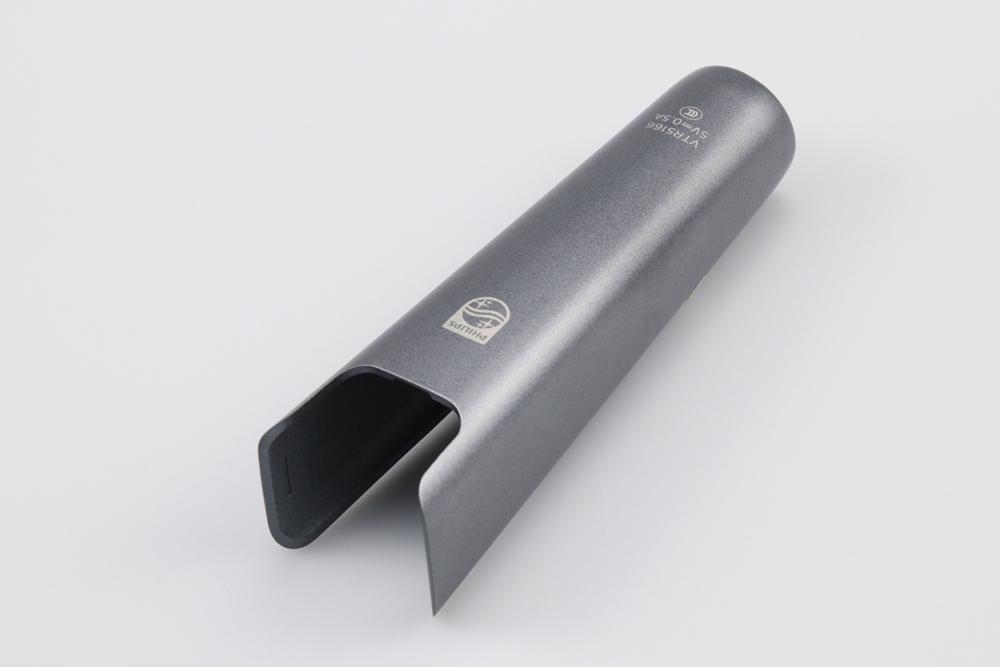What parameters are vital for thermal design in high-power LED luminaires?
In high-power LED luminaires, thermal design is one of the most critical engineering challenges. Excessive junction temperature directly affects lumen maintenance, color stability, and overall service life. From an LED thermal management standpoint, aluminum provides a favorable balance of thermal conductivity, cost, and manufacturability—especially when produced via aluminum die casting for optimized heat dissipation. Effective thermal design must consider conduction through the housing, convection to surrounding air, and radiation from the surface. Therefore, the parameters that govern geometry, material selection, surface finish, and assembly are vital to performance.
Thermal Path and Material Efficiency
The primary heat transfer path should be as short and direct as possible between the LED source and external environment. Alloy choices such as A380, A356, or B390 are commonly used due to their balance of thermal conductivity, castability, and strength. Complex fin geometries can be formed directly using near-net-shape processes such as precision casting or sand casting when large-scale housings require high surface area. If extremely compact designs are required, CNC machining after die casting can refine critical surfaces to improve heat sink performance.
Geometry and Heat Dissipation Optimization
Ribbing, optimized fin spacing, and airflow channels are essential to maximize convection. When prototyping new LED housing concepts, simulation-driven topology optimization followed by 3D printing prototyping enables rapid evaluation of airflow and thermal resistance. Once design is validated, CNC machining prototyping or gravity casting can transition the concept into production-ready components with controlled tolerances. Ensuring uniform wall thickness is crucial—thin walls reduce mass and thermal inertia, but overly aggressive thinning can compromise structural stability and heat conduction paths.
Role of Surface Treatment in Thermal Performance
Surface treatment influences both emissivity and corrosion resistance. Techniques such as anodizing and thermal coating improve heat radiation and protect housings in outdoor environments. For harsh weather conditions or dust-prone installations, galvanizing and painting can extend service life while maintaining thermal performance. Prior to coating, sandblasting is often used to ensure strong paint or anodic adhesion.
Assembly and Interface Heat Resistance
Thermal interfaces between LEDs, drivers, and the housing require careful engineering. Flatness and surface roughness should be optimized through polishing or as-machined finishes to minimize contact resistance. Proper mounting pressure and selection of thermal pads or adhesives ensure sufficient conduction through the LED module. If additional mechanical rigidity is required without sacrificing thermal paths, localized reinforcement through insert molding or sheet metal fabrication can be applied.
Engineering Guidelines for LED Thermal Design
Minimize thermal resistance by shortening conduction paths and optimizing contact interfaces.
Select aluminum alloys with high thermal conductivity and proven die castability.
Design airflow-driven geometries using simulation and physical prototyping.
Prioritize coating processes that enhance both heat radiation and corrosion resistance.
Validate thermal performance using mockups produced by realistic manufacturing methods.



